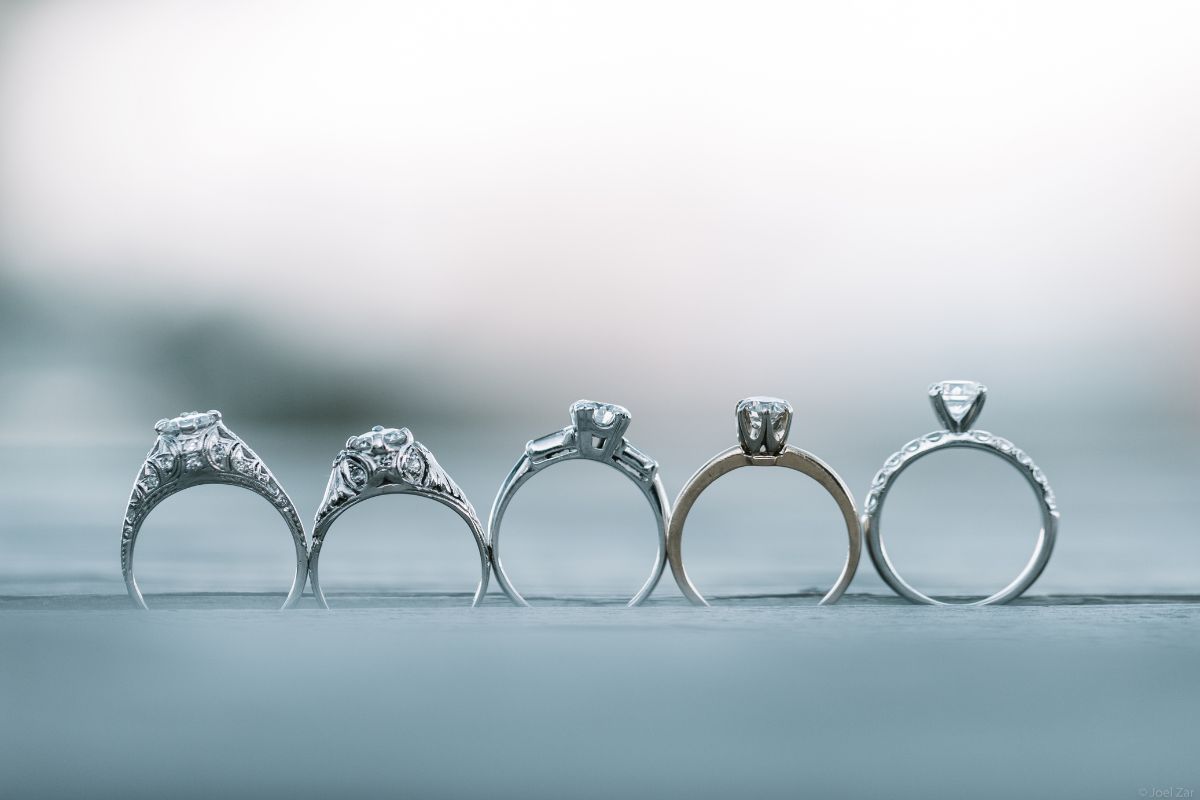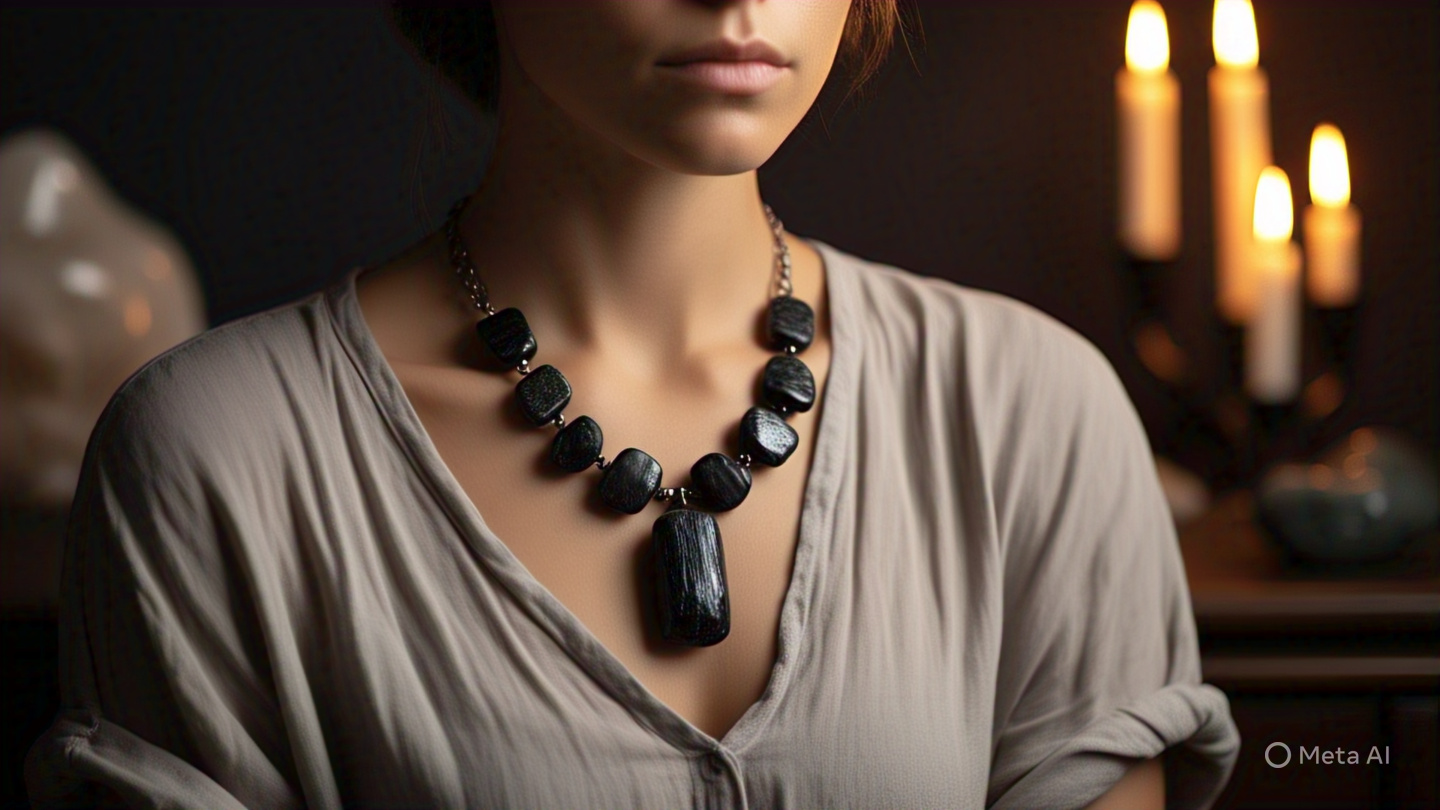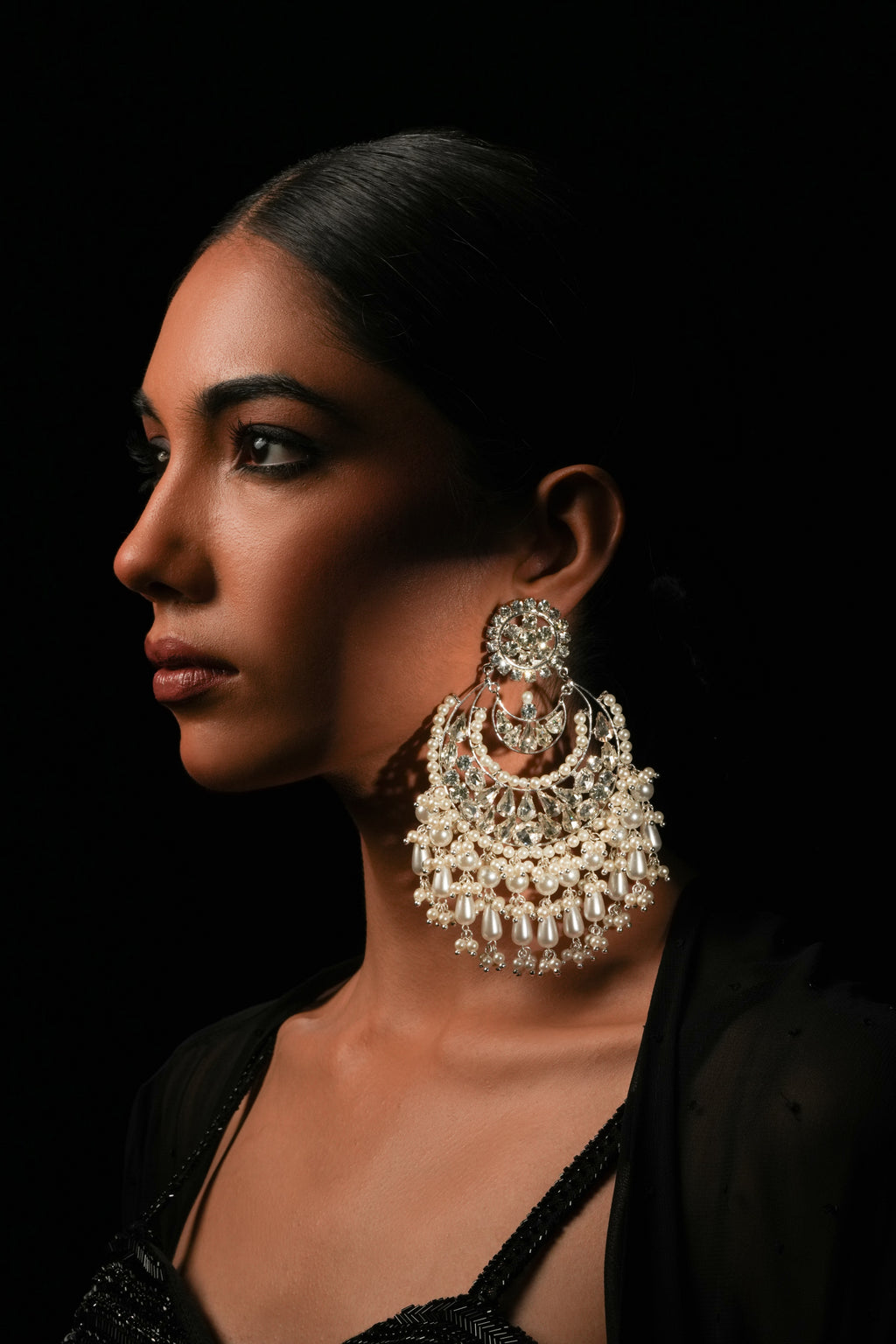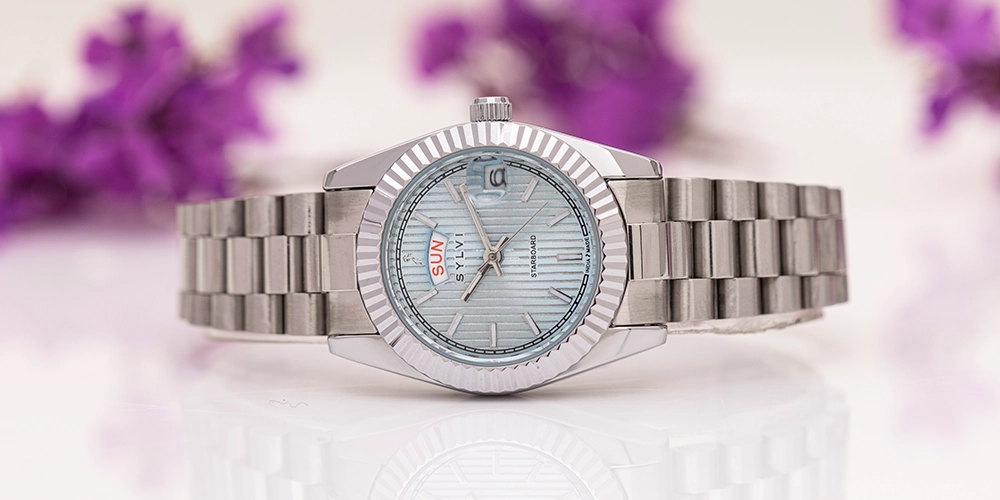Real vs. Plated: How to Identify Authentic Silver Rings

Strong 8k brings an ultra-HD IPTV experience to your living room and your pocket.
Silver rings are, literally, everywhere. Whether you are window shopping, walking around the mall, scrolling through your instagram ads, or simply checking out the local market, you are sure to find silver rings everywhere. And you might just end up trying a few of them yourself. But here's the thing, that not all the silver rings that you see are genuinely real silver and some of them are simply plated to look like a real one.
And the tricky part is that no matter what you do to find the difference, you will not be able to identify it by just looking at it.
Because from the top everything looks the same in all types. The difference is in what's beneath. In real silver it is pure silver inside, but in the plated ones there's metal like brass, copper, or bronze inside. And there's also a real little secret: when the plating wears off, it ain't a good thing, your finger's greenish color, glitz is gone, and the ring is sitting on a junkyard shelf.
What you will be reading on is the actual distinction between silver-plated rings and actual silver rings for women and more specifically, how easy you'll find it to make the distinction. If you are shopping for yourself or buying for someone special, after reading this, you won't spend your money on jewelry that simply won't last.
Why It's So Crucial to Be Aware of the Difference
You can say, "Oh, it's just a ring, does it matter if it's plated or not?" Well, as a matter of fact it does make a difference.
Why?
Real silver costs money. Silver-plated rings don't. If you're spending hard-earned money, you'll want the real thing.
A genuine silver ring will remain with you for a lifetime if you take proper care of yourself. Plated silver starts peeling off, wearing down, or cracking with some usage.
Pure silver is non-reactive and easy on sensitive skin. Plated jewelry will irritate you if you have a sensitive skin and might also give you some rashes or leave the skin turning green.
Wouldn't you want something as classic as the memory if you're the one showing off the ring or putting it on to commemorate a milestone?
Understanding the difference permits you to shop wisely, bypass impostors, and fully appreciate what you're putting on.
What Is Real Silver?
Real Silver is a valued metal because of its everlasting shine, delicate feel, and forever sparkling beauty. But if you love real silver jewellery you'll be shocked to know that you never get a pure 100% silver. Pure silver is very malleable and soft, something that you would not wear daily. Therefore, jewelers produce the jewelry using alloy silver, largely sterling silver, to make the jewelry durable and wearable.
Types of Real Silver Used in Rings
Sterling silver is the silver equivalent of gold standard. It's 92.5% pure silver combined with 7.5% other metal, most often copper or another metal. A proportion that is small enough for it to be manageable and able to pass the test of time yet still with the intrinsic beauty of the silver.
You will find it most commonly stamped as:
925
S925
Or sometimes simply Sterling
These stamps typically are located within the ring band, close to the bottom.
Fine silver is 99.9% pure, sounds perfect, right? But it's actually too soft for daily wear. While it's beautiful and more expensive, it can scratch and lose shape easily.
What is Silver-Plated Jewelry?
The coating is of silver but the metal beneath is copper, nickel, or brass, and silver on top of it applied through the process of electroplating. So it will look shiny and real to the naked eye at first, with the silver just on the surface. Below? A plain metal ring masquerading as expensive bash bling.
How Silver Plating Works
Suppose you have a dirty metal ring. The jeweler puts it into a bucket of silver solution and sends electricity through it to attach a sheet-thin layer of silver to the surface. It makes it look silver, for sure, but it's weak. With ordinary wear and tear, water exposure, and even the oils from your skin, that top coat wears away gradually.
After that wears off, what you have left is the dingy, brassy base metal below.
Why Silver-Plated Rings Don't Last
Suppose you buy a silver-plated ring for ₹800 or $10. It looks great for a month or two. But later on, you start to notice:
The luster is fading
The ring looks patchy or blotchy
Your skin looks greenish or black
The ring is never luxurious and is light
That is why accessories that are silver-plated are not meant to last. It's fashion for a season, not for a lifetime. And the worst part about it? You can't re-plate it, so when the plating wears out, it's destroyed.
Which is why it becomes extremely important to know that you are buying authentic or an imitation.
Differences Between Real and Plated Silver Rings
You may not always have an expert jewelry professional at your side, but you're always a detective! Here are some easily distinguishable real and plated silver ring differences:
Weight and Texture
Silver is a dense metal. Real silver rings are heavy and dense for the size. Even a small ring will be very heavy.
Plated rings, made of light metals like aluminum or brass, will be light in weight or hollow-sounding, some even wobbly.
Tip: If you happen to be fortunate enough to be able to accept two rings roughly the same size, the heavier ring most likely is real silver.
Tarnish and Aging
This is something that people do incorrectly that real silver tarnishes, and that's fine. As with age, sterling silver goes darker due to the fact that it gets exposed to air and water and a patina forms on it in dark gray or black color. Sterling silver is simple to clean, though, and most people like the appearance of the antique patina.
Plated silver tarnishes again. Instead of darkening uniformly, the surface deteriorates patch by patch, revealing the underlying base metal of copper or yellowish tint. It doesn't appear antiquated, it looks mutilated.
Stamp or Hallmark
One of the best ways to be sure that you have true silver is the hallmark stamp. Turn your ring over and look inside the ring band. Do you see:
"925"
"Sterling"
"S925"
"Silver"
Yay. That tells you that the ring contains genuine sterling silver.
No stamp? Don't assume it's fake (some of the hand-stamped or antique pieces do not have a stamp), but beware.
How to Test If a Silver Ring Is Real
Despite all the warning signals, there are times when you just have to double-check. Try these quick tests at home:
Hallmark Test
Start with a simple one. Look for "925" or "Sterling" somewhere on the band. If you can't find it, chances are it's plated, but keep in mind, some real handmade silver bands won't be stamped.
Magnet Test
Silver is not magnetic. Hold a teeny-tiny but powerful magnet up against your ring.
If it does stick? Imitation silver.
If not? Good news, but not decisive.
Why? Because some non-silver metals (like aluminum or brass) aren't magnetic either.
Rub Test (Cloth Method)
Gently rub the surface of the ring with a white soft cloth.
If it is indeed silver, it should leave a black smudge. That's okay, silver does oxidize slightly when rubbed.
If it's not stamped, or if the ring is losing color instead, it might be plated.
The Ice Test
Silver is a good heat conductor. Place an ice cube on the ring and observe what occurs.
If the cube starts to melt quite rapidly, it'll probably be genuine silver.
If it just hangs there or drips off, the ring can be plated or fake.
Silver Testing Kit
Not still unsure? You can buy a cheap silver testing kit on the web. It contains a small acid solution that chemically reacts to the metal. If you use it correctly, it will color depending on how much silver it contains.
But be very careful as it can very easily damage the ring and only try it in a secluded place.
It's better to stick to looking for stamps. Get some weight. Do some testing if you must.
Because with jewelry, sticking to one design doesn't mean a thing, it's just a matter of paying attention to what you're wearing. And the instant you figure out how to tell the difference between the genuine silver and the plated, you'll never be fooled by the imitation shine again.
Note: IndiBlogHub features both user-submitted and editorial content. We do not verify third-party contributions. Read our Disclaimer and Privacy Policyfor details.







